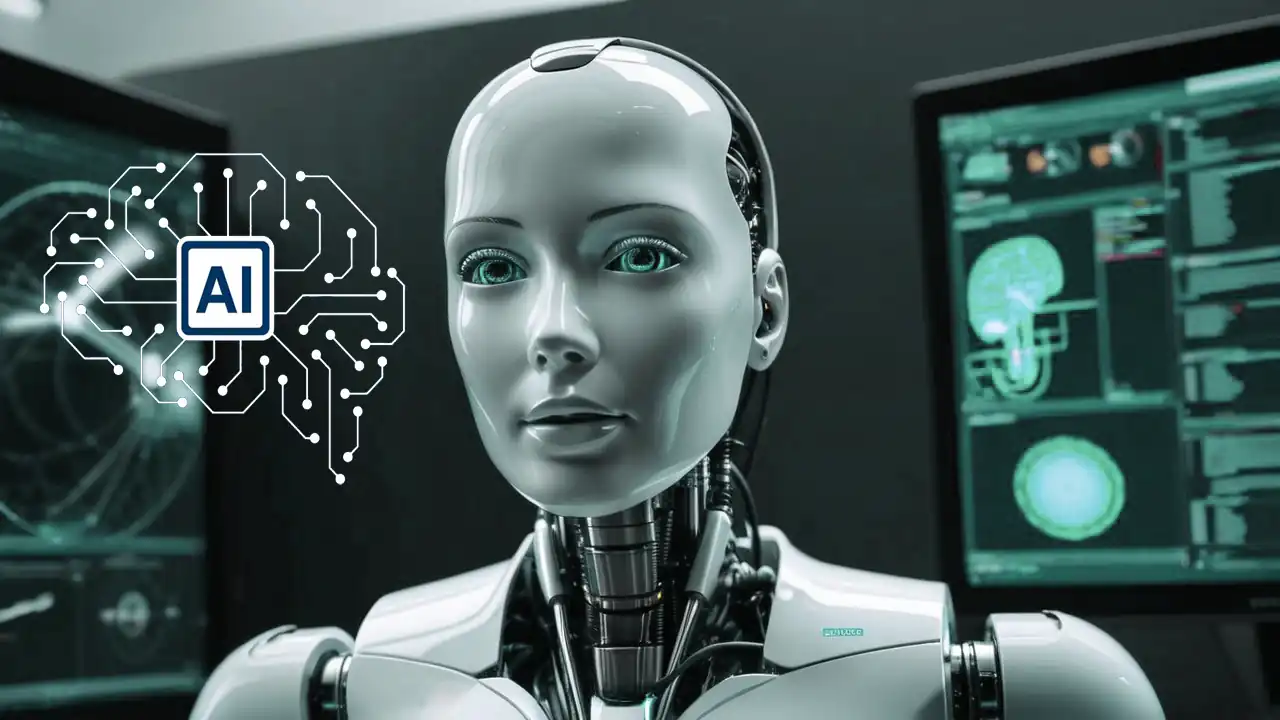
A New Study Leverages Human Memory to Create Intelligent and More Effective AI Systems
A new artificial intelligence framework based on human memory has the potential to improve machine efficiency, adaptability, and reasoning ability. The study, published in Engineering, seeks to overcome the constraints of existing large-scale models such as ChatGPT by introducing the concept of “machine memory,” which is a multi-layered, distributed network storage system that encodes external information into a machine-readable and computable format. The M2I framework is built on machine memory and comprises of representation, learning, and reasoning modules that constitute two interactive loops. The framework focuses on four major topics: neurological mechanisms of machine memory, associative representations, continuous learning, and collaborative reasoning. The study has the potential to transform AI by emulating the human brain’s memory systems, resulting in more intelligent and efficient machines capable of handling complicated tasks.
An innovative AI framework that draws inspiration from human memory may improve the efficiency, adaptability, and reasoning abilities of robots.
New Study Leverages Human Memory
An innovative method of artificial intelligence is presented in a recent research that was published in the journal Engineering. It is based on the way that human memory works. The goal of the study is to address major drawbacks of existing large-scale models, such as ChatGPT, in order to pave the way for more effective and cognitively competent AI systems.
Large models have shown remarkable effectiveness in a variety of applications, but they also have serious drawbacks. These include poor capacity for logical reasoning, vulnerability to catastrophic forgetfulness, and high data and processing demands. The paper claims that these problems are caused by the basic architecture of artificial neural networks, their training procedures, and their dependence on just data-driven reasoning.
Presenting the M2I Framework and Machine Memory
The researchers suggest the idea of “machine memory,” a multi-layered, distributed network storage system that transforms external data into a format that is machine-readable and calculable, as a solution to these problems. Fuzzy hash access, spatiotemporal associations, and dynamic updates are all supported by this structure. They offer the M2I framework, which is based on machine memory and comprises two interactive loops made up of modules for representation, learning, and reasoning.
Four M2I Framework Focus Areas
Four main areas are at the heart of the M2I framework:
1. Neural Mechanisms of Machine Memory: The study looks into how the brain’s neural systems are pre-configured and how intelligence is influenced by brain development and plasticity.
2. Associative Representation: The framework mimics how human memory arranges and retrieves knowledge by encoding and retrieving information via associations including abstract–concrete relationships and spatiotemporal correlations.
3. Continual Learning: The researchers suggest strategies that promote constant learning, especially in low-power scenarios, in order to address the problem of catastrophic forgetting. As a result, AI systems can incorporate new information while retaining what they already know.
4. Collaborative Reasoning: By fusing logical and intuitive reasoning systems, the model hopes to improve AI reasoning processes’ efficiency and interpretability.
The researchers examine the main problems and current developments in each of these fields. For instance, the neural mechanics of machine memory refers about how intelligence is influenced by the development and flexibility of the brain. They investigate methods to enhance the encoding and retrieval of data in machine memory through associative representations.
They suggest strategies for adapting to new information while retaining previously learned material in the context of continuous learning. Additionally, they want to improve AI systems’ reasoning efficiency and interpretability through collaborative reasoning.
Moving Towards the Next Wave of Intelligent Devices
The field of AI could undergo a revolution as a result of this research. The M2I framework may result in the creation of more intelligent and effective machines that are better equipped to manage challenging tasks and adjust to changing circumstances by simulating the memory mechanisms found in the human brain. To fully understand this approach’s potential, more research is necessary.
A promising new avenue for AI research is the study of machine memory intelligence, which draws inspiration from human memory systems. It has the potential to propel the next generation of intelligent devices and offers a novel approach to overcoming the shortcomings of the huge models that are already in use. It will be intriguing to observe how these concepts are implemented in real-world settings and how they affect different businesses as the research develops.
Reference: “Machine Memory Intelligence: Inspired by Human Memory Mechanisms” by Qinghua Zheng, Huan Liu, Xiaoqing Zhang, Caixia Yan, Xiangyong Cao, Tieliang Gong, Yong-Jin Liu, Bin Shi, Zhen Peng, Xiaocen Fan, Ying Cai and Jun Liu, 28 January 2025, Engineering.